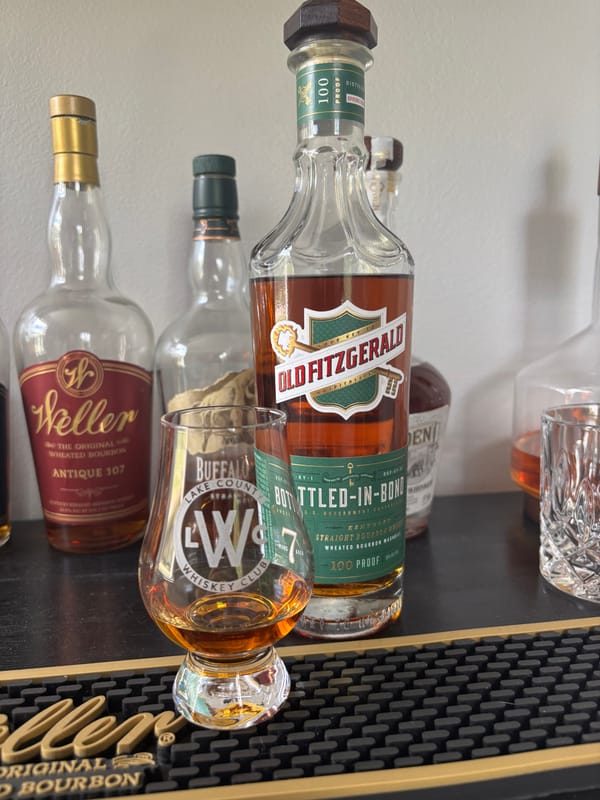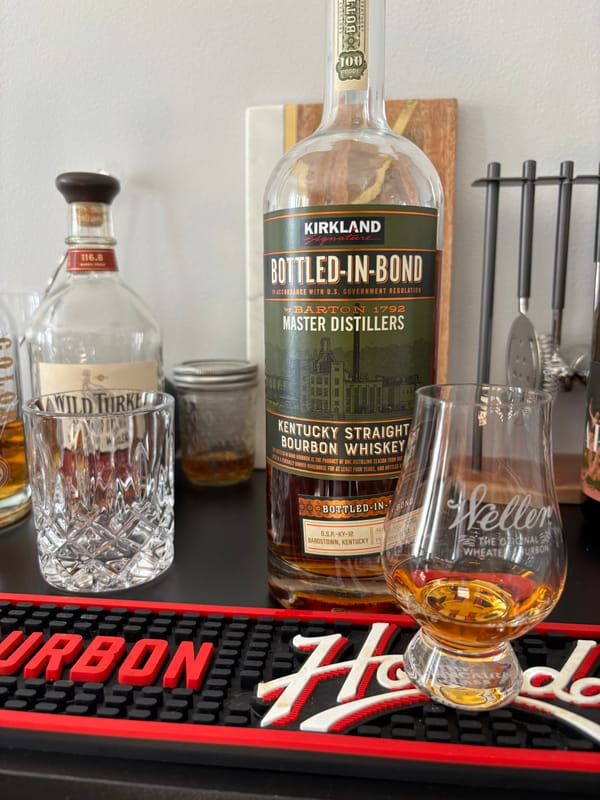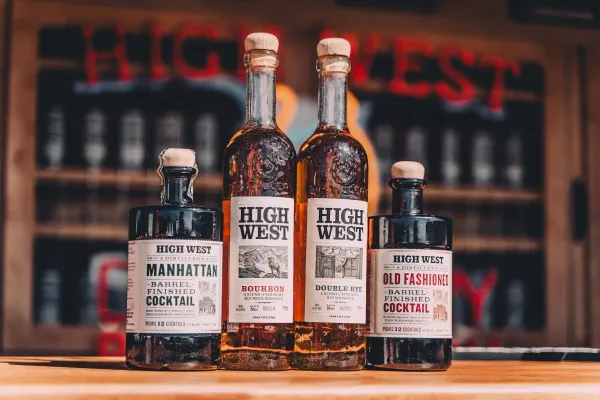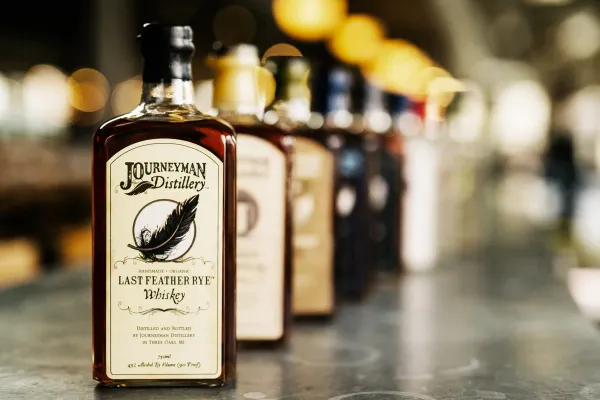What Does Bottled in Bond Mean? The Bourbon Law You Need to Know

Cracking the Bottled in Bond Code
"Bottled in Bond" sounds old-school, but it’s on tons of bourbon labels—why? This term isn’t just nostalgia; it’s a legal stamp with strict rules that guarantee quality. Here’s what Bottled in Bond means, its history, and why it’s a bourbon badge of honor.
The Definition of Bottled in Bond
Per the Bottled-in-Bond Act of 1897 (U.S. Code 27 CFR § 5.42), it’s bourbon made by one distiller, in one season, at one distillery, aged at least 4 years in a bonded warehouse, and bottled at 100 proof (50% ABV)—no additives. It’s tracked by the Alcohol and Tobacco Tax and Trade Bureau (TTB), ensuring purity, per The Spirits Business (2021).
Why It Started—and Why It Sticks
In 1897, fake whiskey flooded markets—Bottled in Bond was Congress’s fix, certifying real stuff amid lax rules, per Whisky Advocate (2022). Today, it’s a trust mark—Old Grand-Dad Bonded ($20) offers orange and oak at 100 proof, per Breaking Bourbon (2021). U.S. bourbon sales hit $5.3 billion in 2022 (Distilled Spirits Council), and Bonded holds strong.
How It Shapes Bourbon Today
Bonded bourbons age in government-supervised warehouses—Kentucky’s 2.6 million barrels in 2022 include them, per Kentucky Distillers’ Association. Rittenhouse Rye ($28, 100 proof) adds pepper and dill—silver at 2022 IWSC—while Evan Williams Bottled in Bond ($18) brings caramel, per The Whiskey Shelf (2020). High proof, low cost—gold at 2023 SFWSC.
Why You Should Care
It’s quality on a budget—Bonded rules cut corners out. Want to taste this bourbon legacy? Check out NEAT: Whiskey Finder—it’ll help you track down Bottled in Bond bottles near you.





